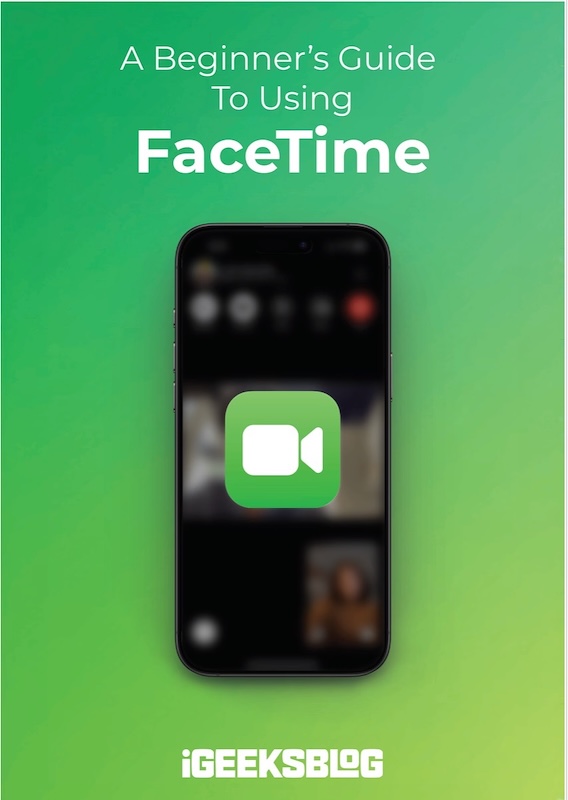
FaceTime Like a Pro
Get our exclusive Ultimate FaceTime Guide 📚 — absolutely FREE when you sign up for our newsletter below.

FaceTime Like a Pro
Get our exclusive Ultimate FaceTime Guide 📚 — absolutely FREE when you sign up for our newsletter below.
A new Apple patent suggests the Vision Pro’s light seal could feature touch-sensitive controls, adding taps and swipes without extra bulk.
The Apple Vision Pro’s current physical interface is minimal, with just two buttons: a Digital Crown borrowed from the Apple Watch and a top-mounted button similar to the iPhone’s. Everything else relies on gestures in mid-air.
That stripped-down approach could change in future Vision Pro versions. A newly granted Apple patent, titled “Touch Sensitive Input Surface”, outlines how the headset’s light seal could double as a touch-control surface.
According to the patent, touch sensors could be embedded along the light seals or integrated into the frame itself. The sensors would detect taps, presses, and swipes, potentially giving users more input options without adding bulk or weight to the headset.

Apple also acknowledged in the filing that adding touch controls to an unseen area poses challenges. Users might have difficulty finding the right spot by feel alone, which could cause accidental inputs, such as changing volume in the wrong direction. To counter this, the company suggests visual or physical guidance. Possible solutions include on-screen prompts that appear when a hand moves toward the control zone or LED indicators on the inside edge of the light seal to help users orient their touch.
The patent lists four inventors, including Darshan R. Kasar, a nearly 13-year Apple veteran who currently leads Vision Pro product design. While the document doesn’t address the headset’s existing Digital Crown or side button, the concept hints at ways future models could reduce reliance on mechanical controls.
The first-generation Vision Pro relies on its two physical buttons for single presses and continuous adjustments. If Apple moves forward with touch-sensitive seals, they could supplement or eventually replace these components. That change could align with reports of a lighter Vision Pro in development, rumored for no earlier than 2027, where removing mechanical parts could help slim the design.
If implemented well, these extra touch points could give Vision Pro owners faster, more natural ways to interact with content. If not, they could add another layer of learning and potential frustration.
Would Apple’s approach to adding more touch controls improve the Vision Pro experience, or just complicate it? Let us know what you think in the comments.